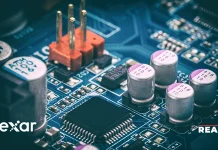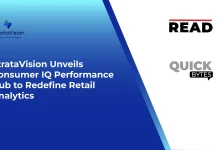Supermicro, Inc., a Total IT Solution Provider for Cloud, AI/ML, Storage, and 5G/Edge, is announcing that its entire line of H13 AMD based-systems is now available with support for 4th Gen AMD EPYC processors, based on “Zen 4c” architecture, and 4th Gen AMD EPYC processors with AMD 3D V-Cache technology.
Supermicro servers powered by 4th Gen AMD EPYC processors for cloud-native computing, with leading thread density and 128 cores per socket, deliver impressive rack density and scalable performance with energy efficiency to deploy cloud native workloads in more consolidated infrastructure. These systems are targeted for cloud operators to meet the ever-growing demands of user sessions and deliver AI-enabled new services. Servers featuring AMD 3D V-Cache technology excel in running technical applications in FEA, CFD, and EDA. The large Level 3 cache enables these types of applications to run faster than ever before. Over 50 world record benchmarks have been set with AMD EPYC processors over the past few years.
Also Read: onsemi Selects Blue Yonder to Digitally Transform Supply Chain Planning
“Supermicro continues to push the boundary of our product lines to meet customers’ requirements. We design and deliver resource-saving, application-optimized servers with rack scale integration for rapid deployments,” said Charles Liang, president, and CEO of Supermicro. “With our growing broad portfolio of systems fully optimized for the latest 4th Gen AMD EPYC processors, cloud operators can now achieve extreme density and efficiency for numerous users and cloud-native services even in space-constrained data centers. In addition, our enhanced high performance, multi-socket, multi-node systems address a wide range of technical computing workloads and dramatically reduce time-to-market for manufacturing companies to design, develop, and validate new products leveraging the accelerated performance of memory intensive applications.”
SOURCE: PRNewswire




